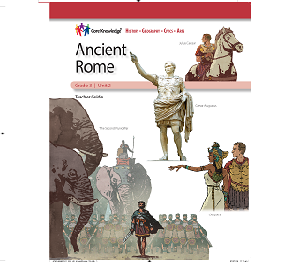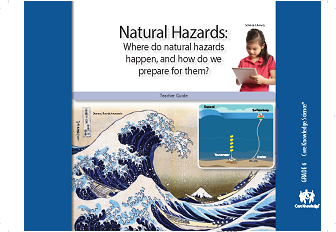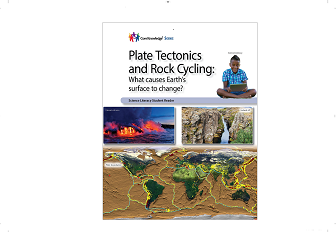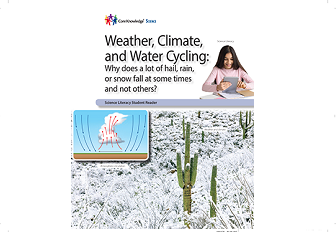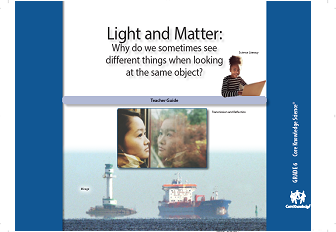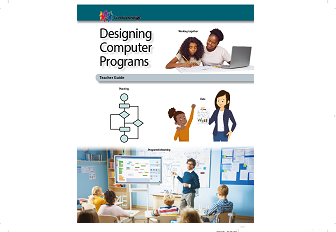About This Lesson
In Ancient Rome, students explore daily life in early Rome, the geography of the Mediterranean region, Roman mythology (including the legend of Romulus and Remus), and the Roman Republic. They also learn about Julius Caesar, Cleopatra, Caesar Augustus, the Roman Empire, Pompeii, and the rise of Christianity, as well as about ancient Rome’s lasting contributions to political ideas and institutions, architecture, and literature.
This unit includes a Student Reader, Timeline, and Teacher Guide, providing Guided Reading Supports and the following Additional Activities: creating a comic about Romulus and Remus; investigating historical sources; comparing and contrasting rulers; learning about the Roman gods whose names were given to objects in our solar system; watching videos about the Punic Wars; looking at Roman sculptures; completing domain vocabulary activities; studying maps of the Roman Empire; and completing a Unit Assessment.





